Mauritius
A saddening sight on the Mauritius coastline.
Two months after a cargo loaded with fuel ran aground off Mauritius, the shores are still taking stock of the damage.
The rich fishing grounds and sensitive marine habitats have been severly damaged by the oil.
Conservationists are particularly concerned about the long-term ecological damage to the island's marine ecosystems.
"There is visible pollution, and invisible pollution. Some of the oil doesn't float but dissolves in the sea. The fish eat it, the coral absorbs it, it goes into the ecosystems", environmental expert Sunil Dowarkasing said.
The oil itself is known as VLSFO -- a fuel oil less viscous and lower in sulphur than conventional fuel oils.
But this newer generation oil is poorly understood in terms of its environmental impact, said Ware.
"They are quite new to us, compared to the heavy fuel oils that we mostly used to deal with... That is why we need to study this, and this will certainly help for future oil spills elsewhere."
The tourism industry, crucial to the country's economy, has suffered a heavy blow, in what is the worst environmental disaster ever witnessed in the Indian Ocean archipelago.
"This oil spill is the worst environmental disaster that Mauritius has ever faced. We are still assessing the damage to the mangroves and the coastal areas. We wish to thank all the countries and the UN system which rushed to assist Mauritius during these difficult times. I have a special word of thanks and gratitude to the people of Mauritius whose display of solidarity and spontaneous support helped protect our rumsaw sites and other environmentally sensitive areas", declared Mauritius Prime Minister Pravind Jugnaut in his address to the UN General Assembly.
Following a second Oil spill a few weeks after in Sri Lanka, Mauritius Prime Minister Jugnaut has called for a regional response to be put in action. In the hope to avoid any futher disasters of the sort in the future.
"At the same time, there is a need for a review of governance rule concerning bunkers and tankers. Mauritius happens to be on an important and busy sea lane between the West and the far East and is therefore directly concerned." continued PM Jugnaut.
Cleaning up the spill
Thousands of volunteers marshalled along the coast in the early days wearing rubber boots and gloves, scrubbing the shoreline clean and stringing together makeshift cordons to contain the oily tide.
Since then the government has identified 26 affected sites around the coastline and commissioned the clean-up operation to French company Le Floch Depollution and Greek outfit Polyeco SA.
"The work is progressing satisfactorily, but it is a very delicate clean-up operation, we must make sure that it is done in a methodical and systematic way", Environment Minister Kavydass Ramano said.
The clean-up is divided into four phases, and some sites are already in the second or third stage.
The ship eventually split in two and the bow and hull of the wreck were towed 15 kilometres (nine miles) offshore and sunk. The stern remains on the reef and the government expects to announce a contract to remove it within days, Ramano said.
A wake-up call ?
On August 29, between 50,000 and 75,000 people protested the government's response to the disaster -- numbers not seen on the country's streets since 1982.
A second rally on September 12 brought another 20,000 people out to Mahebourg, a fishing village near the spill site.
Frustration over the handling of the oil spill has heaped pressure on Prime Minister Pravind Jugnauth, whose administration has been dogged by allegations of corruption and nepotism.
"There is a general feeling of dissatisfaction, and Wakashio was the last straw," said Dowarkasing, a former MP.






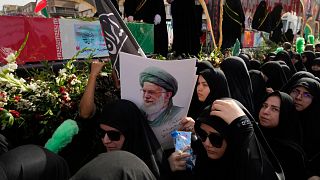
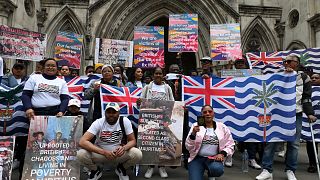
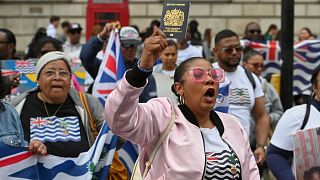
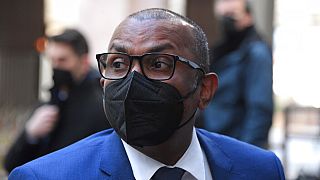

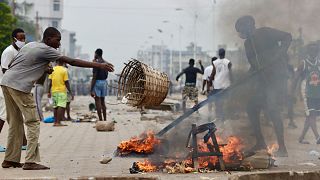
00:41
Devastating floods in Eastern Cape Leave 78 dead as rescue efforts continue
Go to video
Chagos deal backlash: UK under fire over £30 billion payout
Go to video
Officials scramble to identify victims of Dominican club roof collapse
02:20
Indian Prime Minister in Mauritius for two-day visit
02:01
Former Mauritian PM released on bail following his arrest on Sunday
00:52
Former Mauritian prime minister arrested in money-laundering probe